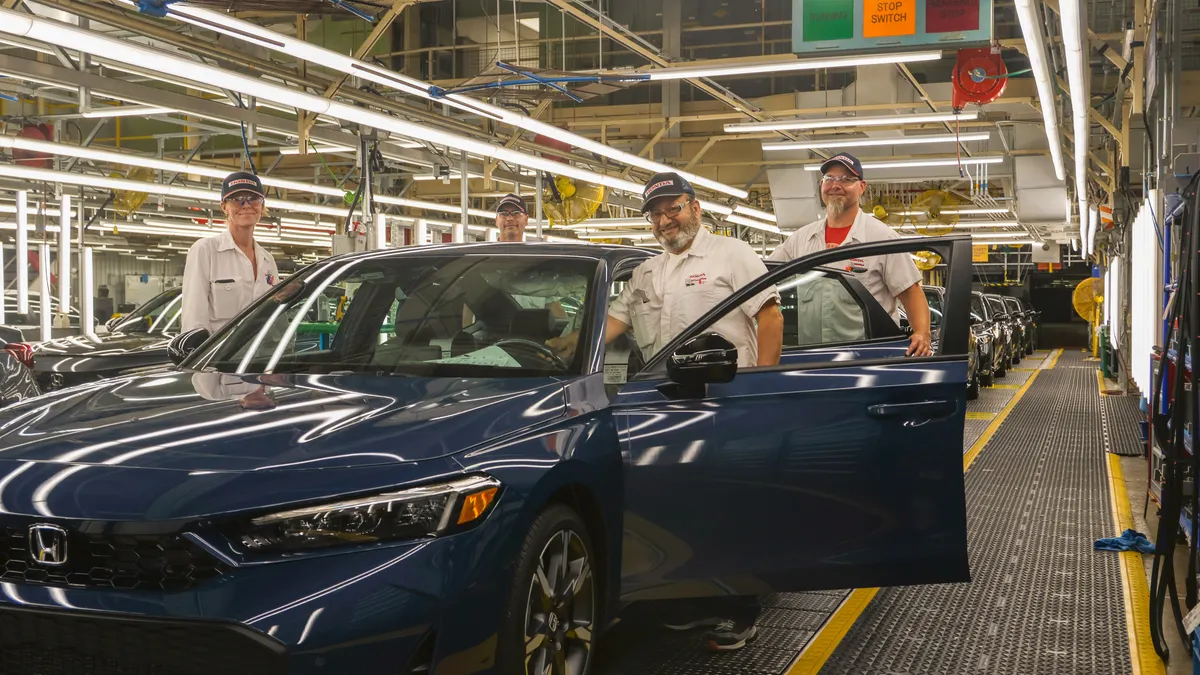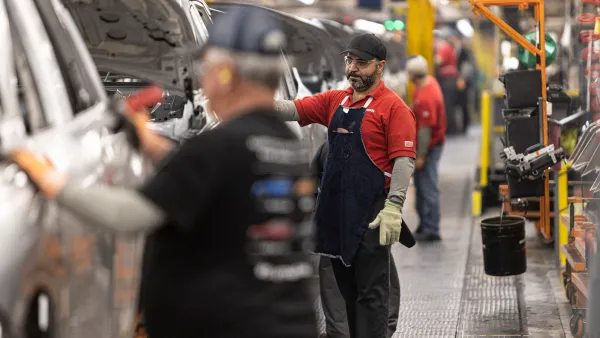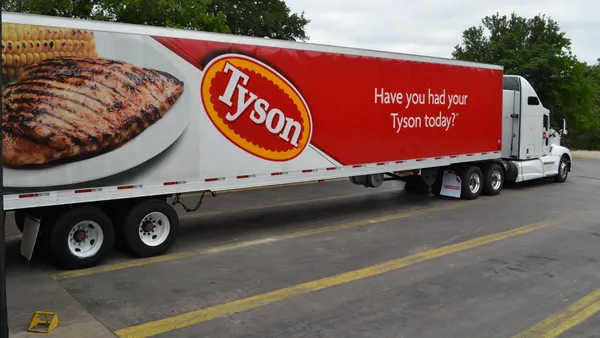Dive Brief:
- Honda is postponing its planned investments to build an electric vehicle supply chain in Canada by two years amid tariffs and slower than expected EV demand in North America, CEO Toshihiro Mibe said during the company’s earnings call on May 13.
- Honda last April announced plans to invest up to $11 billion to establish an EV production hub in Canada, which included a factory with an annual output of 240,000 EVs a year and a 36 GWh battery factory in Alliston, Ontario, with joint venture partner Posco Future M Co.
- “We have to observe what is happening and ultimately make the decision,” Mibe said during the company earnings call. “We are consulting with the Canadian government and Ontario Province and as for this postponement, we have already received their consent.”
Dive Insight:
The original plans for Honda’s Canada EV hub included all aspects of manufacturing and the procurement of raw materials for battery production, including a cathode active material and precursor processing and separator plant with the automaker’s other JV partner Asahi Kasei.
The revised plans come as Honda seeks to shift more vehicle production to the U.S. to avoid new U.S. duties on imported vehicles, which are expected to significantly impact its profits in the upcoming fiscal year.
The automaker’s FY 2026 forecast called for its operating profit to fall by nearly 59%, or over 700 billion yen ($4.8 billion), while its margins are expected to decline by over half.
“In the mid-term, if the tariff measures are to be in place for a long time, then we will have to increase our production capacity in [the] United States,” Mibe said. “We've already begun studies on this.”
Mibe added that Honda would reevaluate its Canada investment plans based on market conditions as they unfold.
“If the conditions were to change, at that point in time we have to revisit this,” said Mibe. “As per the specifics, what happens after two years and the starting time of the project, we have to observe what is happening and ultimately make the decision.”
Honda’s planned investment in Canada would have been its largest ever in the country.
Among the automaker’s other tariff mitigation plans shared by Mibe is moving production of the Honda Civic hybrid from Japan to its U.S. plant in Indiana.
In addition, production of the CR-V compact SUV, which was originally planned to continue in Ontario, will be moved to Ohio or Indiana due to tariffs. As of 2023, the Canada factory was the global lead plant for manufacturing the CR-V and North America lead plant for the CR-V hybrid, according to Honda. The automaker did not say which of its U.S. plants will assemble the vehicle, as the plans are still being finalized.
Honda’s postponed investments in Canada have drawn criticism from Ontario Premier Doug Ford, who last month expressed optimism that Honda would maintain production in the country. Ford said a media report that Honda planned to shift more vehicle production to the U.S. were “not accurate at all.”
“We’re going to keep Honda here, and I’ll do everything I can to protect the people and their jobs," Ford said last month.
However, in a press conference on May 13 after the plans were made public, Ford said that he would hold Honda and other automakers “accountable” for pulling some vehicle production out of Canada.
But even before tariffs were levied on imported vehicles and parts, Honda planned to ramp up EV production in the U.S. Over the past year, Honda has been retooling three facilities in Ohio to create an EV production hub. The automaker said that each of its North America production facilities will have a “critical role” in its electrified future.
However, Honda also revised its EV production plans in Ohio since last year. In February, the automaker announced plans to produce a mix of ICE, hybrid and fully electric models on the same production lines, allowing for enough flexibility to adapt to changes in market demand in North America.















